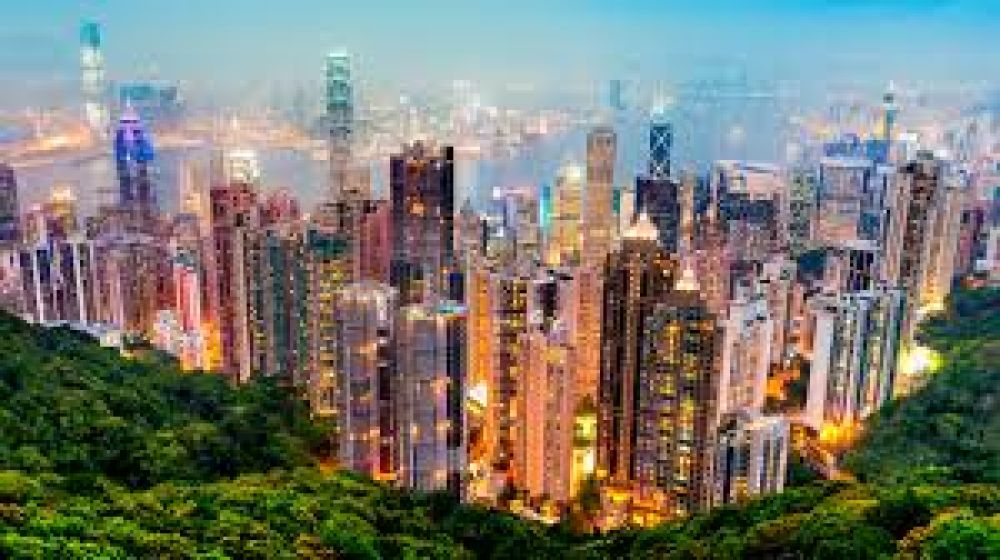

Victoria Peak, commonly known as "The Peak," has a long history as one of Hong Kong's most iconic tourist destinations. The history of tourism at Victoria Peak dates back to the colonial era when the British administration recognized its potential due to the cooler climate and panoramic views of the city and harbor.
In the 19th century, Victoria Peak started to become a sought-after location for affluent expatriates and British colonial officials to escape the stifling heat of the Hong Kong summer. They built plush villas and summer homes on the hillside, enjoying the cooler breezes and stunning vistas. Accessibility improved with the introduction of the Peak Tram in 1888, a funicular railway that provided a direct route up the steep incline from Murray Barracks to the Peak. The tramway quickly became a popular attraction in its own right and helped in making Victoria Peak accessible to a much broader audience.
Having endured through wars and changes in governance, Victoria Peak’s allure as a tourist spot continued to grow into the mid-20th century. Post-World War II, the region saw more development with the construction of both residential complexes and facilities catering to burgeoning tourism. Sightseeing pavilions and pathways offering picturesque views were constructed to accentuate the visitor experience.
In the 1970s, the Peak Tower, a key architectural icon, was introduced; however, it underwent extensive redevelopment and was reopened in 1997. The modern Peak Tower with its distinctive anvil-shaped top houses a variety of restaurants, shops, and an observation deck, the Sky Terrace 428, providing what are perhaps the most famous views of the Hong Kong skyline and Victoria Harbor.
The relentless development of the area saw the Peak become one of Hong Kong's premier tourist attractions, with millions visiting each year, drawn by the combination of historical significance, natural beauty, and cultural experiences. Today’s visitors to The Peak can immercSe themselves in the historical Peak Tram experience, enjoy the panoramic views from The Sky Terrace, or delve into Madame Tussauds’ wax museum. The surrounding walks and nature trails, like the Peak Circle Walk, allow for a more leisurely exploration of the area’s natural beauty.
Sustainable and experiential travel are among the latest trends influencing tourism at Victoria Peak. The recent years have observed a shift towards eco-awareness, with many tourists choosing to walk up the Peak via the Old Peak Road instead of taking the tram to reduce their carbon footprint. The integration of technology, such as augmented reality applications, provides innovative ways for visitors to learn about Victoria Peak's history and landmarks during their visit.
The establishment of unique dining concepts that allow visitors to enjoy local and international cuisine while soaking in the views continues to be a popular draw. Amid the global health situation, there has also been an increased focus on outdoor and spacious venues, with The Peak providing ample opportunities for social distancing while still enjoying travel experiences.
Victoria Peak's story is one of transformation from an exclusive colonial hilltop retreat to a multifaceted tourist hotspot that manages to balance its historical heritage with modern indulgences. Its history is a rich tapestry that reflects the broader narrative of Hong Kong's own development and continues to make it one of Asia's most enduring and beloved travel destinations.